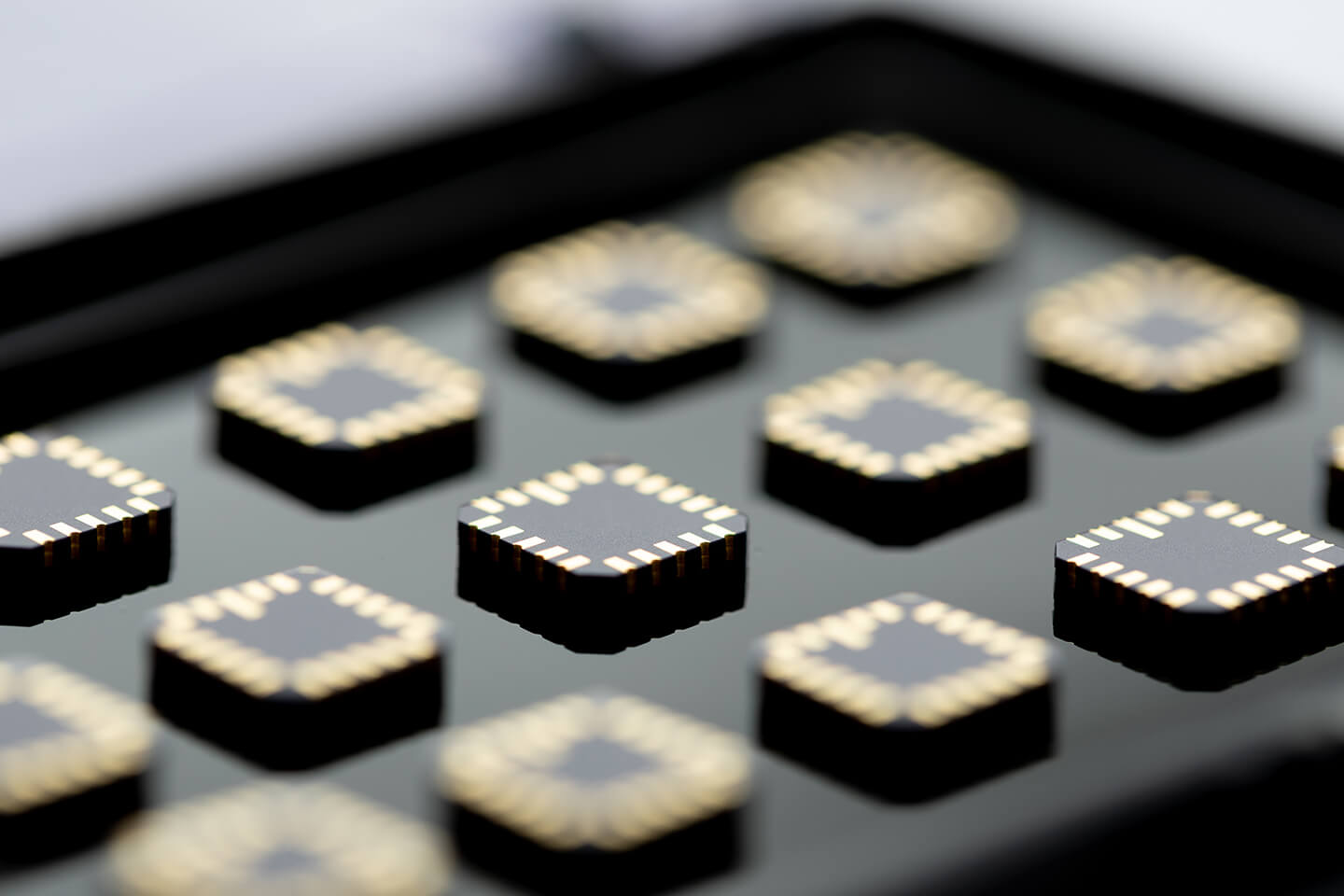Paragraf, the Cambridge-anchored leader in graphene-based transformative electronic devices, has launched a new graphene Hall Effect sensor ideally suited to battery applications, such as the electric vehicle sector.
The GHS01AT sensor is optimised for use in relatively low field environments and normal ambient temperatures.
Bringing the magnetic field measurement resolution towards that of more complex magnetic sensors, yet with the small size and ease of use of a Hall sensor, it can address monitoring tasks that conventional technologies simply cannot provide an effective solution for, the company says.
The new sensors are ideally suited to the battery market where they will be of great value in battery cell analysis when investigating the validity of different chemistry derivatives and form factors under development.
By using these magnetic sensors it will be possible to get a more detailed and localised (point-to-point) understanding of battery cell behaviour.
Owing to the performance parameters that the GHS01AT delivers, detailed real-time current density (local cell internal resistance) mapping can be carried out – with any variations at different locations in the cell being detected during repeated charge/discharge cycles.
If hotspots arise, the local mapping of internal cell resistance in these areas could provide insights into the physical processes occurring in the lead up to their formation.
This might highlight early warning signs which could be monitored in service or scanned for during quality control. It may even provide the information required to help develop battery chemistries and design concepts that altogether safeguard against the risk of potential failure or thermal runaway.
Moreover, the sensors can be used to measure the current flow into and out of cells. The method is an indirect means for measuring real-time magnetic field (current) data, so one of the advantages is that the battery cell itself and the tabs/busbars feeding into the cells are not disrupted during testing.
By utilising a graphene monolayer (just 0.34nm thick), the GHS01AT is not affected by the presence of in-plane stray electromagnetic fields that would severely impact the accuracy of alternative sensing mechanisms. The small footprint allows good spatial resolution.
CEO Dr Simon Thomas said: “Motivated by demands to safely extend EV range and accelerate charging times, battery manufacturers are under intense pressure to develop higher performance products.
“These need to be smaller and lighter, with heightened power densities and quicker charge responsiveness. To do this, they must have access to superior test data that they can analyse. Thanks to our GHS01AT they now have the technology necessary for such an analysis.
“This new device easily outperforms what is currently available in terms of both magnetic field and spatial resolution. It means that, for the first time, battery manufacturers can compile comprehensive datasets relating to the internal structure of their products from a current density perspective.
“By implementing test rigs incorporating GHS01AT sensors, they will be able to ensure the long-term operation and safety of the battery packs they produce.”
Originally published here.


